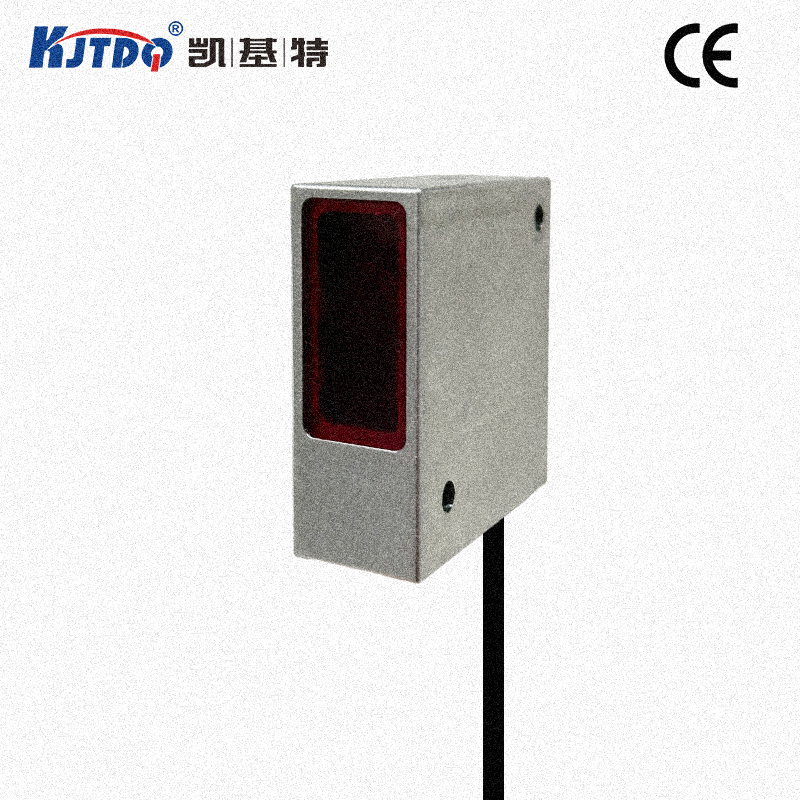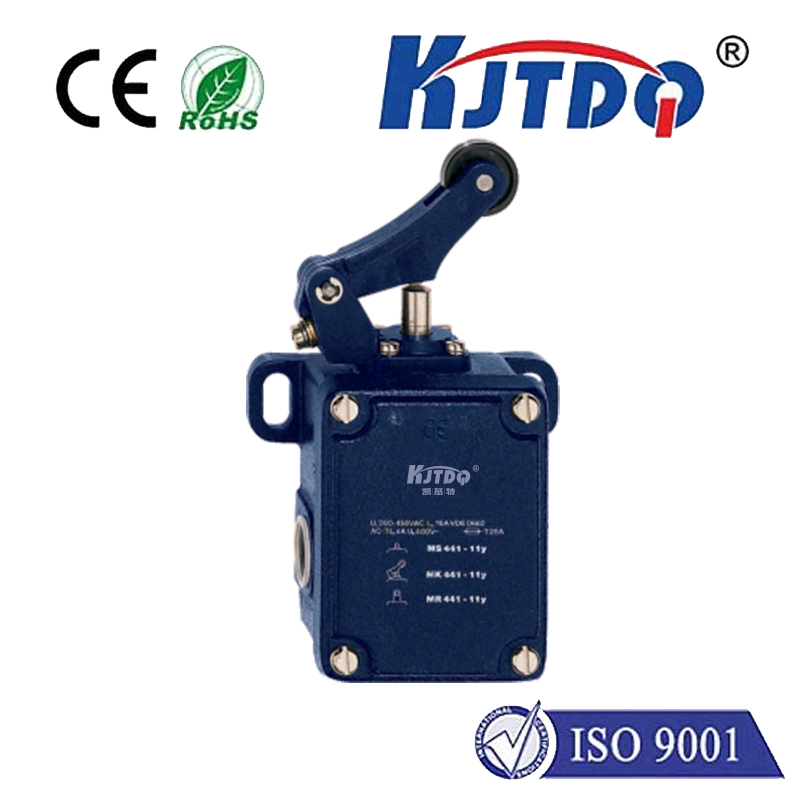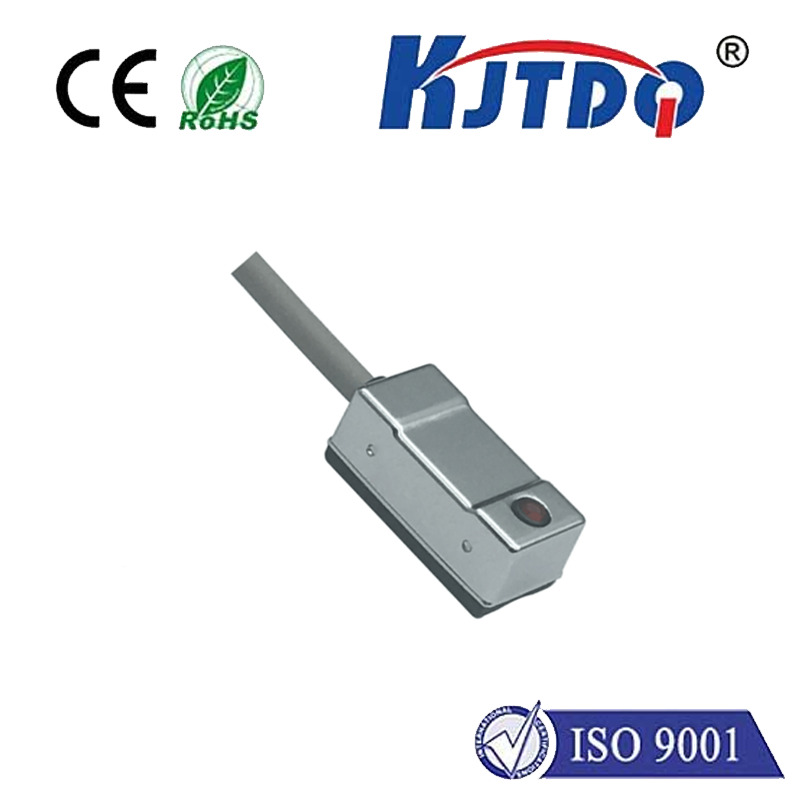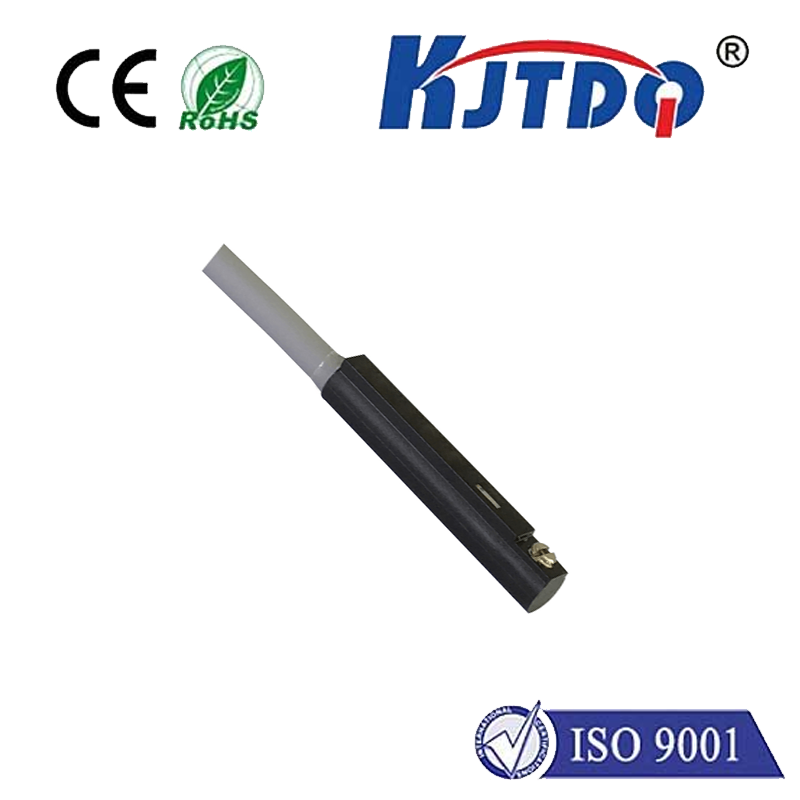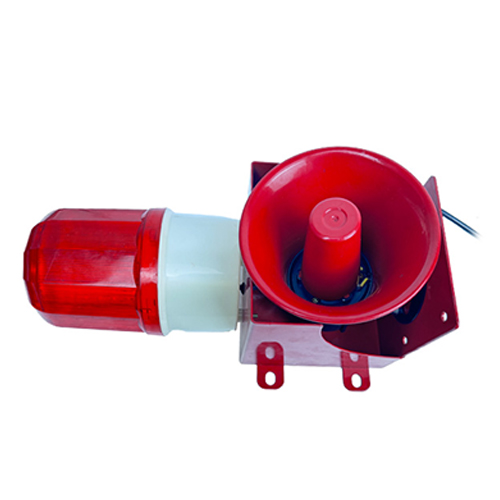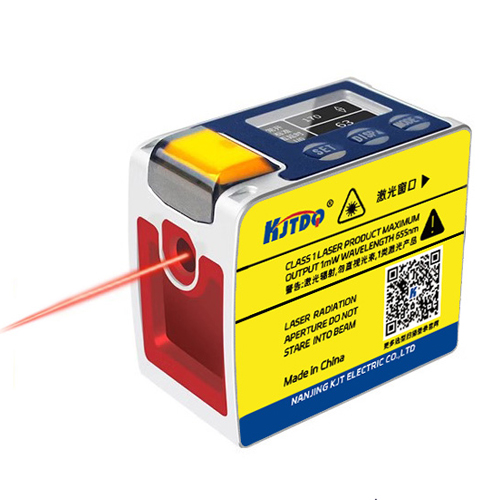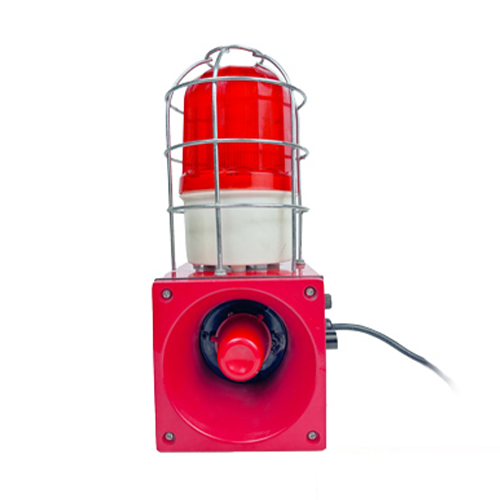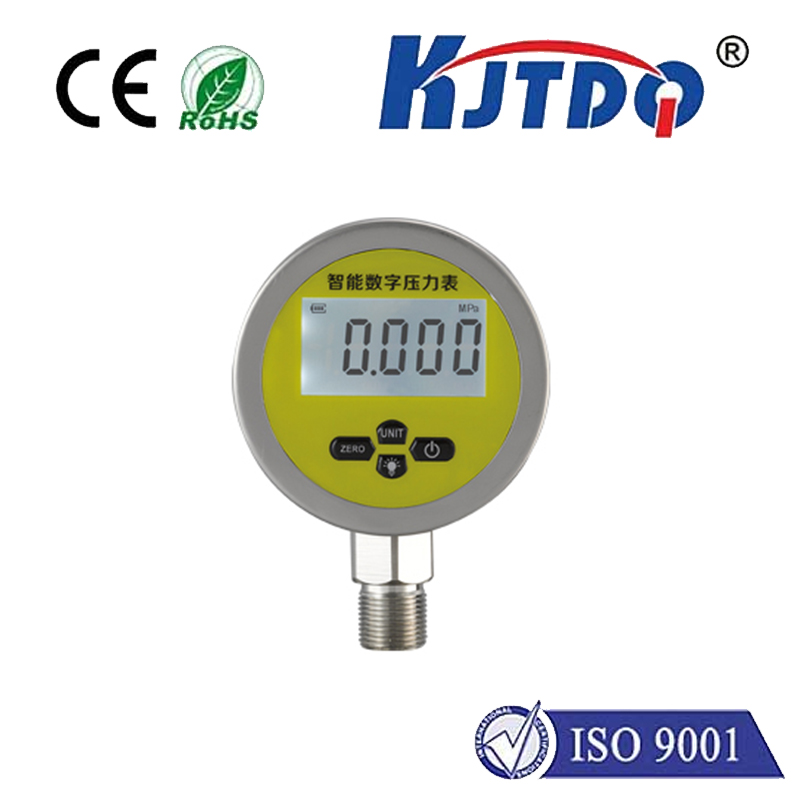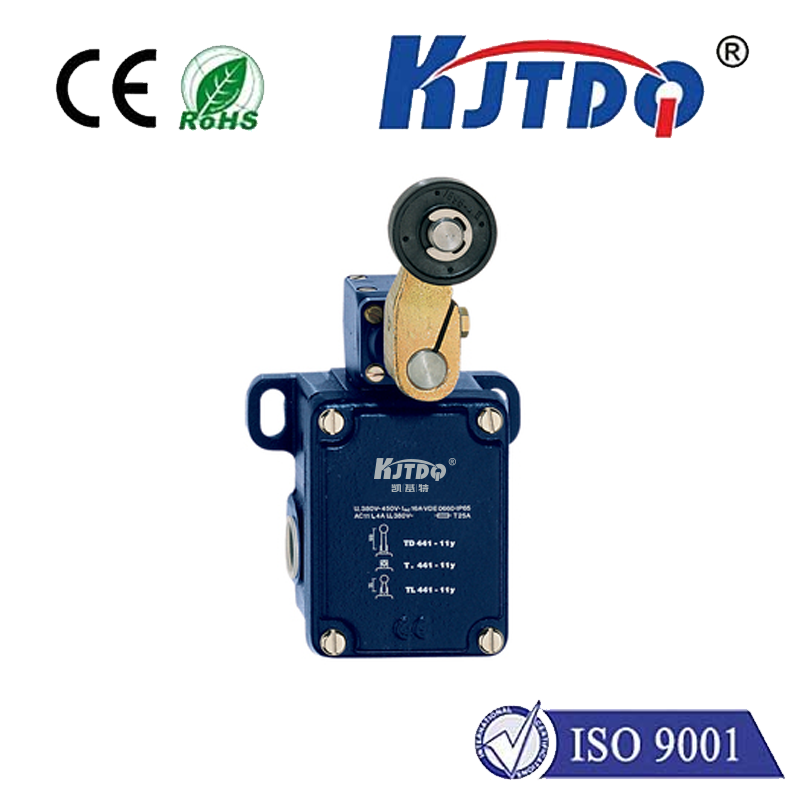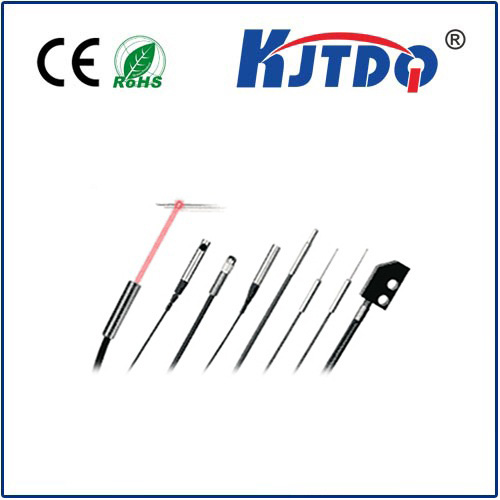temperature probe sensor
- time:2025-08-20 00:10:53
- Click:0
Temperature Probe Sensors: The Cornerstone of Precise and Reliable Measurement
Imagine biting into a perfectly cooked roast, its internal temperature just right. Or consider the pharmaceuticals safeguarding millions in a storage unit kept consistently within a critical range. Picture complex industrial processes running smoothly, their efficiency and safety dependent on exact thermal conditions. At the heart of these seemingly disparate scenarios lies a critical, often unassuming component: the temperature probe sensor. These fundamental instruments are the workhorses of thermal monitoring, translating the physical world’s heat into actionable data across countless applications.
What Exactly is a Temperature Probe Sensor?
At its core, a temperature probe sensor is a device engineered to detect the temperature of its surroundings or a specific object and convert that physical property into a readable signal. It typically consists of two main parts:
- The Sensing Element: This is the heart of the device. Common types include:
- Resistance Temperature Detectors (RTDs): Utilize the principle that the electrical resistance of pure metals (like platinum) increases predictably and linearly with temperature (known for high accuracy and stability).
- Thermocouples: Consist of two dissimilar metal wires joined at one end. The temperature difference between the joined end (measuring junction) and the other ends (reference junction) generates a small voltage (known for broad temperature ranges, ruggedness, and fast response).
- Thermistors: Semiconductor-based devices whose resistance changes significantly and non-linearly with temperature changes. Often highly sensitive within a specific range (commonly used for narrower range, high-sensitivity applications like medical devices or environmental monitoring).
- The Probe: This is the physical structure encapsulating and protecting the sensing element. It’s designed to be immersed, inserted, or attached to the medium being measured. Probes are constructed from various materials (stainless steel is ubiquitous) depending on the required chemical resistance, temperature tolerance, and mechanical robustness. The probe design also facilitates efficient thermal transfer to the sensor element.
How Do Temperature Probe Sensors Work?

The fundamental process is elegantly simple:
- Physical Contact: The probe tip makes contact with the substance (solid, liquid, or gas) whose temperature needs measurement.
- Heat Transfer: Thermal energy flows from the medium to the probe and subsequently to the internal sensing element.
- Physical Change: The sensing element experiences a physical change proportional to the temperature. For RTDs and Thermistors, this is a change in electrical resistance. For Thermocouples, it’s the generation of a voltage.
- Signal Conversion: This physical change (resistance or voltage) is measured by connected instrumentation (a transmitter, meter, PLC, or data logger).
- Interpretation: The instrumentation converts the measured signal resistance or voltage into a standardized output (like 4-20 mA, digital signal, or simply a displayed temperature reading on a dial) based on the known characteristics of the specific sensor type.
Where Do Temperature Probe Sensors Shine? Applications Galore
The versatility of temperature probe sensors is astounding. They touch almost every industry:
- Food Industry: Critical for ensuring food safety and quality. Used in cooking processes (ovens, fryers), refrigeration/freezing, pasteurization, sterilization, and storage monitoring (HACCP compliance depends heavily on these sensors).
- HVAC & Building Management: Monitoring ambient air, ductwork, chilled/hot water lines, boilers, and heat exchangers to optimize energy efficiency and comfort control.
- Industrial Processing: Vital in chemical plants, refineries, power generation (monitoring boilers, turbines), plastics manufacturing (mold temperatures), metal treatment (furnaces), and pharmaceutical production. Ensuring process stability and product quality.
- Laboratories & Research: Providing precise temperature data for experiments, incubators, environmental chambers, calibration baths, and scientific instruments.
- Automotive & Aerospace: Monitoring engine coolant/oil, exhaust gas temperatures (EGT), cabin climate control, transmission fluids, and environmental testing of components.
- Healthcare: Essential for patient monitoring (ear/forehead thermometers), sterilizers (autoclaves), laboratory equipment, incubators for newborns, and refrigerators storing vaccines/blood (accuracy is literally life-saving).
- Home Appliances: Found in ovens, refrigerators, freezers, dishwashers, washing machines, and coffee makers for cycle control and safety.
The Indispensable Benefits: Why Use Them?
Why are temperature probe sensors so ubiquitous? Their advantages are clear:
- Direct & Accurate Measurement: They provide a highly reliable way to measure the actual temperature of a specific point within a substance. This level of directness is crucial for process control and safety.
- Versatility: With a vast array of probe designs (penetration probes, surface probes, air probes, immersion probes) and sensor types (RTD, TC, Thermistor), there’s a solution for virtually any temperature measurement challenge, from cryogenic levels to extreme heat.
- Durability: Designed to withstand demanding industrial environments – exposure to chemicals, pressure, vibration, and moisture – ensuring longevity.
- Integration: Easily interface with modern control systems, data loggers, SCADA systems, and IoT platforms, enabling automation, remote monitoring, and data analysis.
- Cost-Effectiveness: Considering their critical role in preventing waste (spoiled food, failed batches), ensuring safety, and optimizing energy use, reliable temperature probe sensors offer an excellent return on investment. Don’t underestimate the cost of inaccurate measurement.
Choosing the Right Temperature Probe Sensor: Key Considerations
Selecting the optimal sensor isn’t one-size-fits-all. Critical factors include:
- Temperature Range: The sensor must be rated for the minimum and maximum temperatures encountered.
- Required Accuracy & Response Time: How precise does the reading need to be? How fast does the sensor need to react to temperature changes? (RTDs offer high accuracy; Thermocouples are fast and handle extremes).
- The Measured Medium: Is it a liquid, solid, gas, or air? Is it corrosive, abrasive, under pressure, or in a sanitary environment? This dictates probe material (e.g., stainless steel 316, Inconel, Teflon sheath) and design (immersion length, diameter, tip style).
- Environment: Consider ambient conditions like humidity, potential for physical damage, and electrical interference. IP ratings indicate environmental sealing.
- Installation & Compatibility: How will it be mounted? What is the available space? What type of output signal is required, and how will it connect to your instrumentation?
- Calibration & Maintenance: Regular calibration is essential for maintaining accuracy, especially in critical applications. Consider ease of access and replacement.
Beyond Basics: Advanced Features & Trends
The world of temperature probe sensors continues to evolve:
- Digital Smart Sensors: Incorporating microprocessors for linearization, diagnostics, and digital outputs (like IO-Link), simplifying connection to modern networks and enabling predictive maintenance.
- Hygienic Designs: Featuring tri-clamp fittings, polished surfaces, and crevice-free construction specifically for food, pharmaceutical, and biotech industries where cleanliness is paramount.
- Wireless Probes: Increasingly popular for remote monitoring, temporary installations, or hard-to-reach locations, transmitting data via Bluetooth, LoRaWAN, or cellular networks.
- **Dual Sensors












